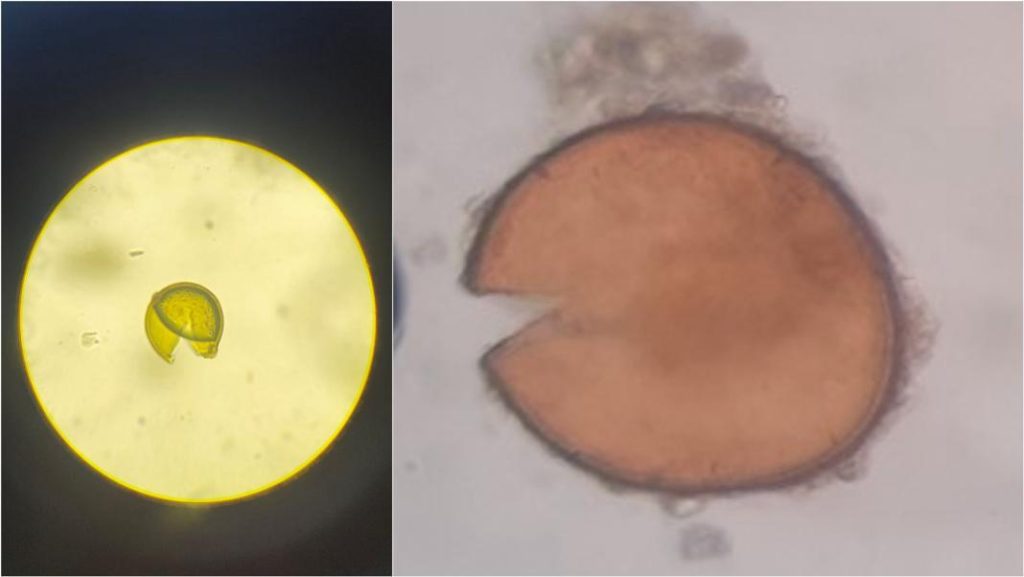
Meghalaya Scientists Show Fungi May Help Save Medicinal Plants
In a groundbreaking study, researchers from the University of Science and Technology, Meghalaya have discovered that arbuscular mycorrhizal fungi (AMF) can play a crucial role in conserving endangered medicinal plants. The four-year study, which examined nine species of medicinal plants, found that AMF can significantly boost nutrient intake and resistance in these plants, paving the way for a natural solution to save these precious species.
The study, which was published in the journal “Fungal Ecology”, highlights the importance of AMF in promoting plant growth and health. AMF are a type of fungus that forms symbiotic relationships with plant roots, providing essential nutrients in exchange for carbohydrates produced during photosynthesis. In the context of medicinal plants, AMF can help improve their nutrient uptake, leading to healthier and more resilient plants.
The researchers used a combination of laboratory experiments and field studies to investigate the effects of AMF on the nine medicinal plant species. They found that all the plants exhibited high root colonization by AMF, with some species showing a colonization rate of up to 80%. This indicates that AMF are highly effective at forming symbiotic relationships with these plants.
The study also revealed a high level of fungal diversity, with multiple species of AMF colonizing the plant roots. This diversity is crucial for maintaining ecosystem health, as it allows for a more resilient and adaptable plant-fungus community.
The findings of this study have significant implications for the conservation of medicinal plants. Many of these plants are endangered due to habitat destruction, over-harvesting, and climate change. By using AMF to improve their growth and health, conservation efforts can be more effective and sustainable.
“One of the major challenges in conserving medicinal plants is ensuring their long-term survival,” said Dr. [Name], the lead researcher on the study. “Our findings suggest that using native fungi inoculum to grow these plants could be a game-changer. Not only can it improve their nutrient intake and resistance, but it can also help protect biodiversity and traditional knowledge.”
The use of native fungi inoculum is particularly significant, as it can help maintain the unique genetic diversity of these plants. By using local fungi strains, researchers can ensure that the plants are adapted to their specific ecosystem and are more likely to thrive.
The study’s findings also have implications for the development of sustainable agriculture practices. By using AMF to improve crop yields and resilience, farmers can reduce their reliance on synthetic fertilizers and pesticides, leading to a more environmentally friendly and sustainable food system.
The researchers are now planning to conduct further studies to investigate the potential of AMF for conserving other endangered plant species. They are also working with local communities to develop practical applications for their findings, such as the use of native fungi inoculum in medicinal plant nurseries.
As the world grapples with the challenges of climate change, habitat destruction, and species extinction, the discovery of AMF’s potential to conserve medicinal plants is a beacon of hope. By harnessing the power of fungi, we can develop innovative and sustainable solutions to protect the world’s most precious plant species.






